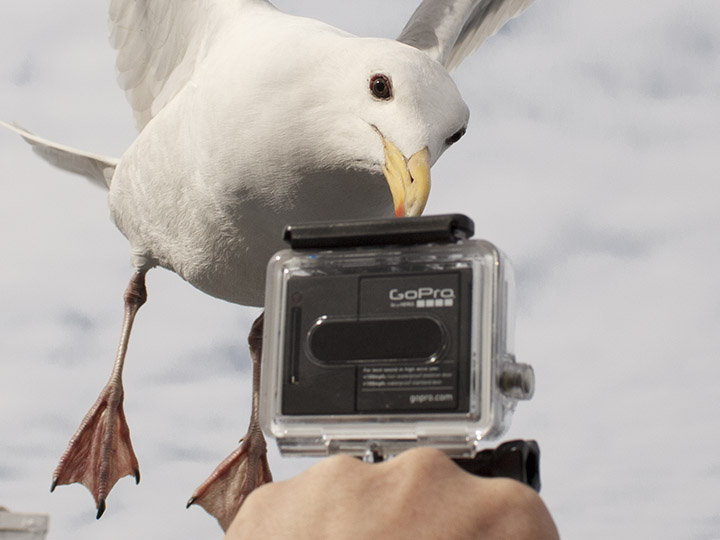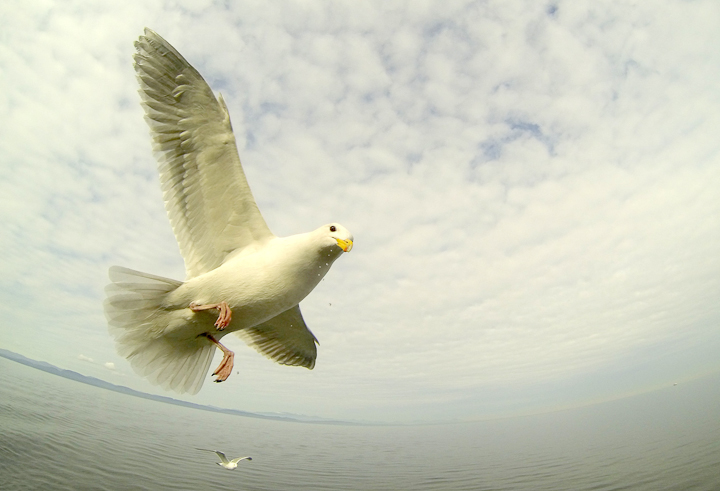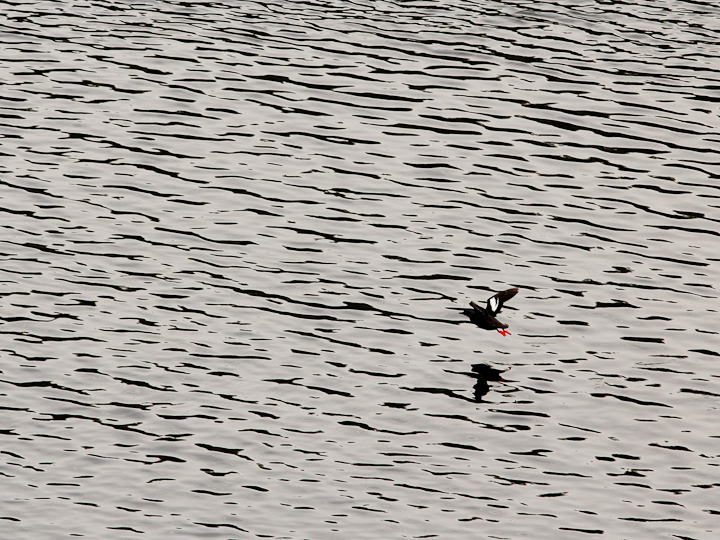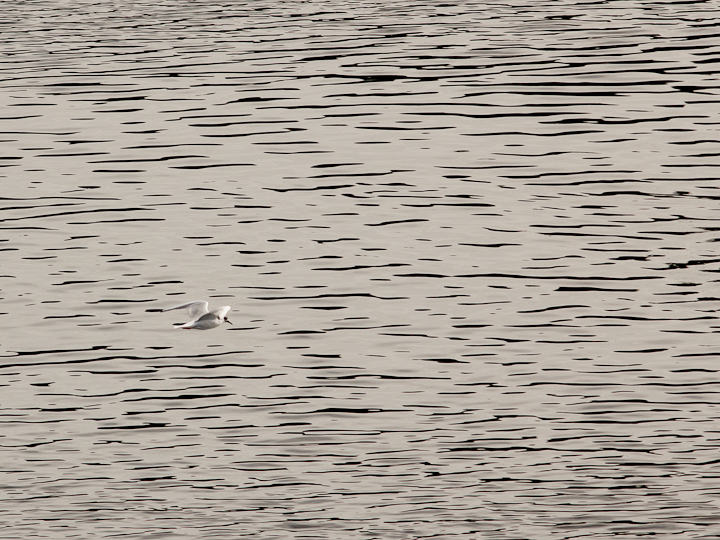
The flies of the family Syrphidae are some of the most accomplished of all insect aeronauts. Their agility, precision and speed are amazing to see, as they dart about flowers and freeze in motionless hovering flight. Like all winged flies, syrphids have one pair of wings only, (Diptera means “two wings”). Where the rear pair would be, there is a pair of knobbed appendages called halteres. These organs function to inform the fly of perturbations in two axes, allowing precise control of direction, speed and stability.
Without halteres, all flies become unable to maintain flight control. The precise means by which sensory information from the halteres is encoded and transmitted to the fly’s brain are not fully understood, but good physical models have been developed that implicate perception of strains associated with Coriolis forces on the beating halteres (if you hold a spinning bike tire and try to perturb it in planes perpendicular to the rotation, you will feel the Coriolis forces!).
OK, so enough physics! What do beating halteres look like? Have a look at this syrphid hovering and taking off.
It might not be super obvious, but it was surprising to me to note that the plane in which the halteres move differs by an angle of up to 30 degrees from that of the wings.
Syrphids also have high power relative to their mass, and this allows very rapid accelerations (making them difficult to catch).

As mentioned in my other post on wing coupling, other flying insects couple their wings to achieve formidable aerial prowess. Of course, having a single pair of wings is not the only way to be a master of the skies, as dragonflies are undoubtedly one of the most agile and versatile fliers, hovering and accelerating in spectacular fashion.
Syrphids though, with their bright coloration and super high performance enabled by halteres, high power to weight ratio, and fascinating life history, are undoubtedly one of my favorite fly families.










